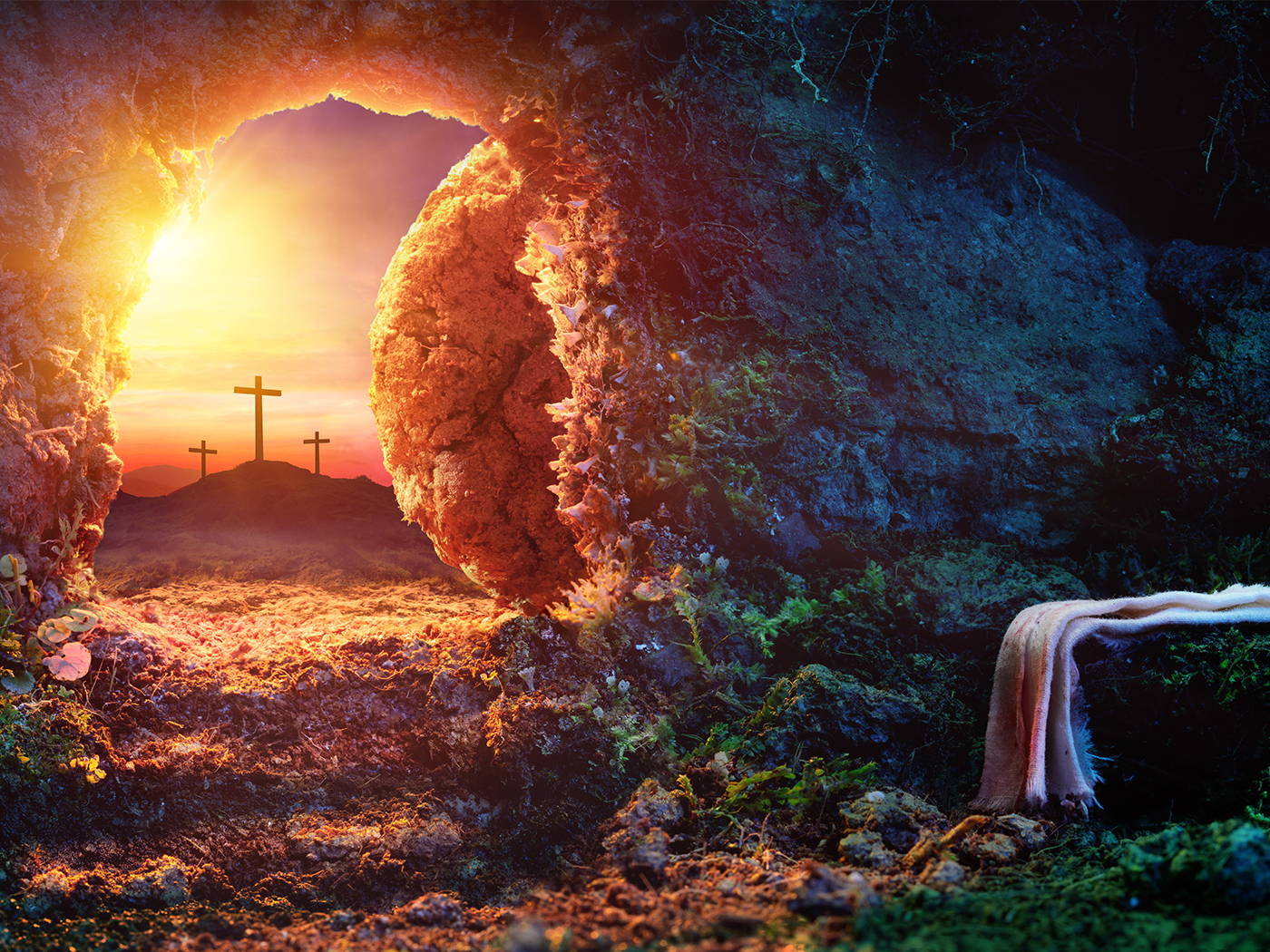As the pandemic has strengthened its grip on the world these last couple months, it’s producing one interesting side effect: people are seeking out positive, cheerful news items like never before.
A chart on Google Trends shows that the search term “good news” has quadrupled in interest in just two months.1 News company Upworthy, created almost a decade ago to spread uplifting news, recently experienced a 65% uptick in Instagram followers and a 47% increase in page views on their website.2 Actor John Krasinski created a YouTube channel exclusively for talking about happy things, and millions of people are watching his videos.3
Clearly people are craving something to lift their spirits.
As I looked over some of the most popular “good news” items found on these sources and others, a distinct theme became evident. Many of the articles focused on kind actions performed by individuals or groups. Whether it’s a teenage cashier buying groceries for a man in need4 or a whole neighborhood coming together to celebrate a 100-year-old World War 2 veteran,5 people love watching others do good things.
But why?
The delight we experience from watching people help each other does not mesh with the evolution narrative. If “survival of the fittest” is the true story, then why are we moved by stories about humans helping others with no advantage to themselves, even sometimes to their own harm? According to the evolution narrative, this should not be considered valuable or praiseworthy. No matter how much evolutionary theory teaches the masses about so-called “survival of the fittest,” why do we keep seeing beauty in self-sacrifice?
The answer is somewhat astonishing: it’s because humanity can never fully run away from the image of God ingrained deeply into our nature.
The first chapter of Genesis tells us that all humanity is made in God’s image.6 This was true for the very first humans, who were made without sin, and it is equally true for every person born after them. That image is now horribly mangled and twisted because of sin and the curse, but it’s still there. It’s at the core of what it means to be human.
We know that God did not create us with some of His uniquely deific attributes—such as His total power, total knowledge, and ability to be everywhere at once. However, He did place other attributes from His own essence into humanity, such as creativity, intelligence, mercy, and the ability to form deep relationships.
Above all, He created us to love. John tells us, “God is love.”7 The very essence of God is love, and the essence of love is God. In fact, God says that all His wishes for humanity can be completely summed up by love—love for Him and love for others.8 To be made in God’s image means we retain a residual of the essence of God’s self-sacrificial love, which was demonstrated most tangibly when Jesus (the eternal second member of the Trinity) took the punishment for the sins of His image-bearers.
Does this mean that sinful, post-Fall humanity is capable of God-pleasing love? No. His Word tells us that apart from Christ, “all our righteousnesses are like filthy rags.”9 Though we can never cancel out the fact that we were made with certain characteristics of God, because of sin, those characteristics have been marred so badly that we are incapable of pleasing God on our own.
However, the reality of this residual image of God does help us understand why the human race as a whole is drawn to stories of people helping each other and loving sacrificially. It helps us realize why we find it so beautiful to watch self-sacrifice in action.
When we see someone love, we are seeing a tiny, flawed hint of what humanity was created to do. We see something that exemplifies, though quite imperfectly, something that’s true about our God—about the One in whose image we were created.
References
1. Google contributors. Google Trends “good news”. Google Trends. Updated daily on trends.google.com, accessed April 15, 2020.
2. Lorenz, T. The News Is Making People Anxious. You’ll Never Believe What They’re Reading Instead. New York Times. Posted on nytimes.com April 14, 2020, accessed April 15, 2020.
3. Krasinski, J. SomeGoodNews. Posted on Youtube.com.
4. Corbley, M. 17-Year-Old “Angel” Cashier Picks Up $173 Grocery Bill for Senior Shopper Who Found Himself Short on Cash. Good News Network. Posted on goodnewsnetwork.org April 14, 2020, accessed April 15, 2020.
5. Bludau, J. Veteran surprised with car parade and more for 100th birthday. KHOU. Posted on khou.com April 1, 2020, accessed April 15, 2020.
6. Genesis 1:26-27.
7. 1 John 4:8, 16. Emphasis mine.
8. Matthew 22:37-40.
9. Isaiah 64:6.
*Lauren Pennington is Volunteer Coordinator at the ICR Discovery Center for Science & Earth History.

Human Kindness: The Residual Image of God
The Latest
CREATION PODCAST
Ernst Haeckel: Evolutionary Huckster | The Creation Podcast:...
Ernst Haeckel, a German Zoologist, is famous for developing a series of images of embryos in development called Anthropogenie. These images,...
Bees Master Complex Tasks Through Social Interaction
Bees are simply incredible.1,2 These little furry fliers challenge the very foundation of Darwinism in many diverse ways.
Bees have been...
The Tail of Man’s Supposed Ancestors
Although it has been known for decades and despite insistence to the contrary from the evolutionary community, man—Homo sapiens—has never...
When Day Meets Night—A Total Success!
The skies cleared above North Texas on Monday, April 8, for a spectacular view of the 2024 Great American Solar Eclipse. Hundreds of guests joined...
The Sun and Moon—Designed for Eclipses
Before discovering thousands of planets in other solar systems, scientists tended to assume that other solar systems would be very similar to our own....
Let ICR Help You Prepare for the Great American Solar Eclipse!
On Monday, April 8th, the moon will move directly between the earth and the sun, resulting in a total solar eclipse visible in northern Mexico, much...
Total Eclipse on April 8th
“You alone are the LORD; You have made heaven, the heaven of heavens, with all their host, the earth and everything on it, the seas and all that...
CREATION PODCAST
Dismantling Evolution One Gear At A Time! | The Creation Podcast:...
The human body is a marvel of complexity and the more we learn about it, the more miraculous our existence becomes! Can evolution explain the...
April 2024 ICR Wallpaper
"He appointed the moon for seasons; The sun knows its going down." (Psalm 104:19 NKJV)
ICR April 2024 wallpaper is now available...
Creation's Easter Message
While many Christians still consider the creation doctrine a fringe issue, a proper understanding of the Christian message finds creation at its core...


















